Ideation: Connecting The Dots
“Connecting the dots” phrase was repeated several times all through the event. Linking different worlds, relating separate areas lie at the heart of creativity, innovation and design. In fact, the word inspiration is all about these connections. Inspiration is everywhere: in the wings of a bird, within a song, in the traffic, the garden, the neighbors, the conversation ...
Frank Stephenson, McLaren’s Chief Design Officer had an interesting keynote on inspirations and ideation. He is one of the most talented designers in the car industry. He had designed BMW X5, Mini Cooper, Maserati MC12, Ferrari 430, Fiat 500 and many other cars before joining to McLaren. He referred to nature many times as points of inspiration and ideation. His job is to design speed and agility. For that reason, he invested a lot on biomimicry. His examples included cheetah, sail fish, and hawk. Each have reflections in the cars he had designed.
Another interesting inspiration world was the “Misfit Economy”. Alexa Clay brought attention to the ingenuity and innovation being driven by misfits – namely smugglers, amish, rebels, hermits, pirates, patent robbers and many more. We learnt a lot from diverse innovators operating in informal economies and examined the principles and philosophies that animate their work and creations. There seems to be many tactics that we can apply from fringe subcultures to shake-up the mainstream. And it is important to equip “insider misfits” to drive change from within and overcome the challenges of bureaucracies.
Soon Yu, VP of Innovation at VF Corp referred to the T-Shaped leadership in his opening speech. Subject matter “depth” expertise does matter, but also to understand, having breadth insights about almost everything is also essential. In fact, being a generalist also opens the doors to other worlds and triggers inspiration. “Innovators need to be as comfortable in the lab as they are in the board room”, he says.
Yesterday, Today, Tomorrow
There is a strong correlation between innovation and strategy. In both cases the time tense is "future" after all. Both journeys start by dreaming about the next 5 years, 10 years, even 20 years. After that we need to come back and decide what to do today. In his keynote, Vijay Govindarajan clearly mentioned that strategy equals innovation. His success formula on innovation leadership is built on three boxes. Box 1: “Manage the Present” + Box 2: “Selectively Forget the Past” + Box 3: “Create the Future”. Although it seems irrelevant box 1 is an essential step for innovation. If you fail in managing the present, you lose power, energy, resources, support for the future. It is an important prerequisite. Present is also important as “Today is Tomorrow” he says. You need to take lots of actions today, to make your dreams come true.
On the other hand, all companies need to manage Box 1 in the best way. But only the innovative companies focus on Box 2 and Box 3. Somehow, Box 2 is the most ignored of all 3. Most companies tend to keep the past as is. “It is the heritage that brought us to today”. “It is the formula of our success”. “It is how things done in this company”. It is hard to leave the comfort zone in general. This approach will build hidden barriers to adapt to the changing world and prevent the creation of the future. And as a reminder, we are not talking about elimination of the past in total but “selectively” forgetting it. Long story in short, innovative leadership is the effective management of all 3 boxes.
Let’s focus into Box 3: “Creating the Future”. Let me refer to another interesting keynote, Jeremy Gutsche. His keynote and the following workshop was about trends, insights and speed. He had an interesting point. When companies run brainstorming workshops about the next 10 years, they're extremely creative. It’s fun to “fly”, ideate, think out of the box. At the end it is all about assumptions, they may happen or not. How can we be sure? But when the workshop is about the 3 years, creativity goes down. The workshop suddenly evolves into “planning”. And planning replaces the innovative spirit, and leaves the stage to the conservative world. Nobody loves change. Change is good, as far as it does not affect your territory.
Leadership and Communication
Innovation means change. And yes, change management is difficult. Humankind does not accept change easily and often shows resistance. Generating excuses is easy: "It will take us apart from our strong history"; "Dreaming was good but let us come back to the real world and be realistic"; "I like the idea so much, I support it if it does not impact me and my team"; "Our customer base is not ready for this yet"; "We do not have resources for this".
For that reason, it is not surprising that there was a big focus on “communication”. Most of the keynotes focused on the concept with different words, jargons and methodologies. Dan Heath, author of the book Switch, showed a great and simple mode. He says that the human brain is ruled by two systems: the rational system and the emotional system. And its’ no a secret that most of the decisions are taken by emotional system. And emotional system can only be persuaded through effective communication. His metaphor is “riding an elephant”. The analogy consists of three elements: The rider (management team of the company), the elephant (the workforce and all the people in the ecosystem) and the path (innovation journey, vision). And the methodology is composed of 3 steps: 1- Direct the Rider, 2- Motivate the Elephant, 3- Shape the Path.
Let me tell these steps by linking to other jargons from other presentations. In the end it is all about connecting the dots!
Let’s start with the “Path”. Govindarajan defines it as the Strategic Intent. And it should have the elements of “direction, mission and challenge”. If the strategic intent is clear and energizing enough, mobilizing the masses will be easy. He gave a great example from John F. Kennedy’s speech: “We will put a man on the moon and bring him back before the end of this decade.”
“Motivating the elephant” was the topic of several keynotes. Karen Hershenson from P&G focused on developing a customer-centric, outside-in approach. She had a great presentation on transforming a company culture. Jonah Berger explained his “Contagious” idea and passed through STEPPS methodology to make products, ideas and behaviors catch on, and Donald Sull’s presentation was centered on simplicity.
“Directing the Rider” was also a very hot topic. Soon Yu highlighted the importance of Powerful vision and influencing others. Grammy winning conductor Christian Ganch told the story through the orchestra analogy. His presentation title was: From Solo to Symphony – How Teams can maintain individuality while working together.
All in all, it was 3 days full of inspiration, innovation and design. There were many links to the service design practice through the event: human centric thinking, insights, research, analysis, ideation, prototyping, evidencing, implementation and iteration. Yes, “Inspiration needs execution.” And service design is the journey from inspiration to execution.



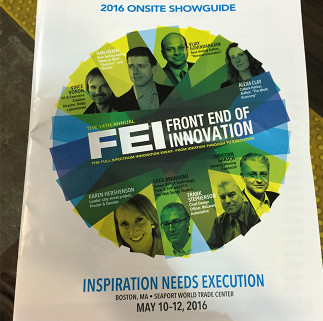
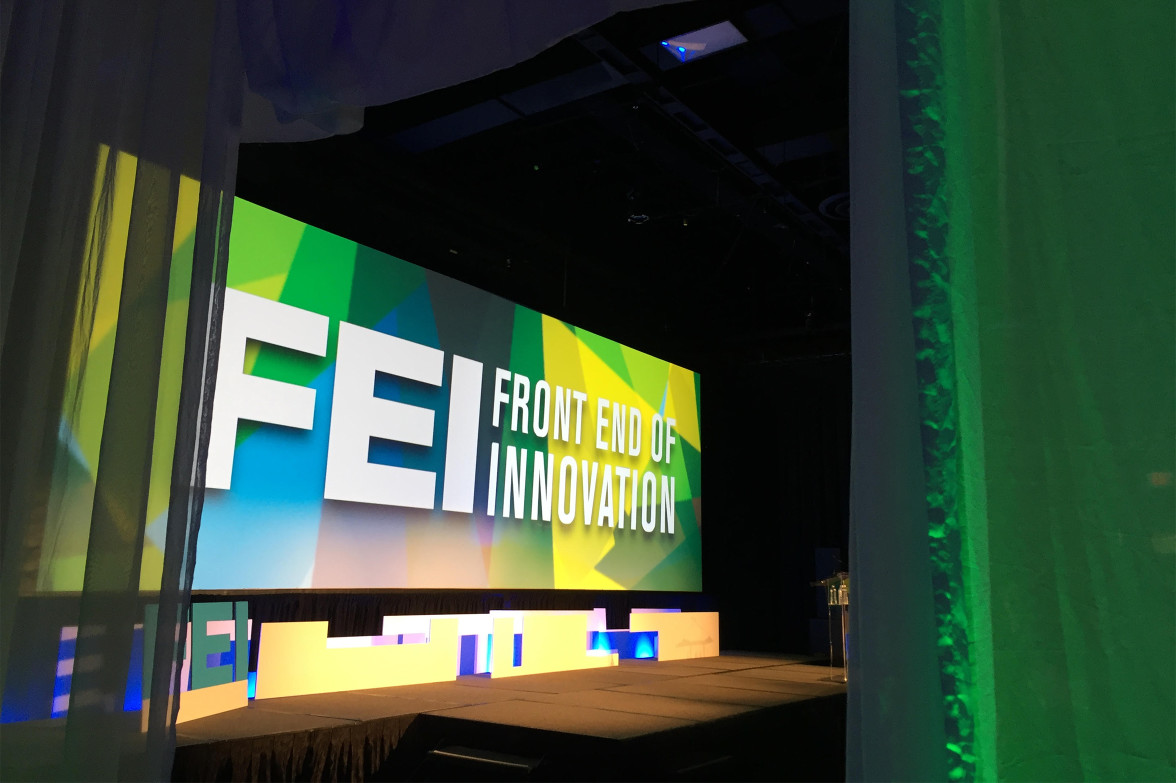

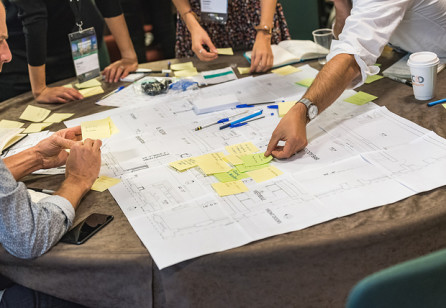
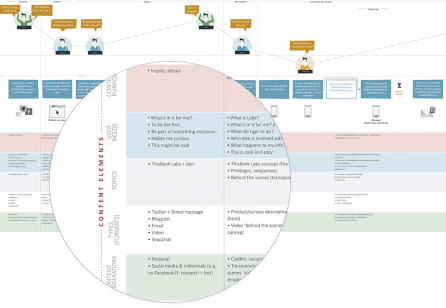
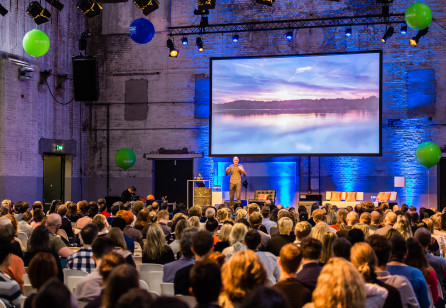

Share your thoughts
0 RepliesPlease login to comment